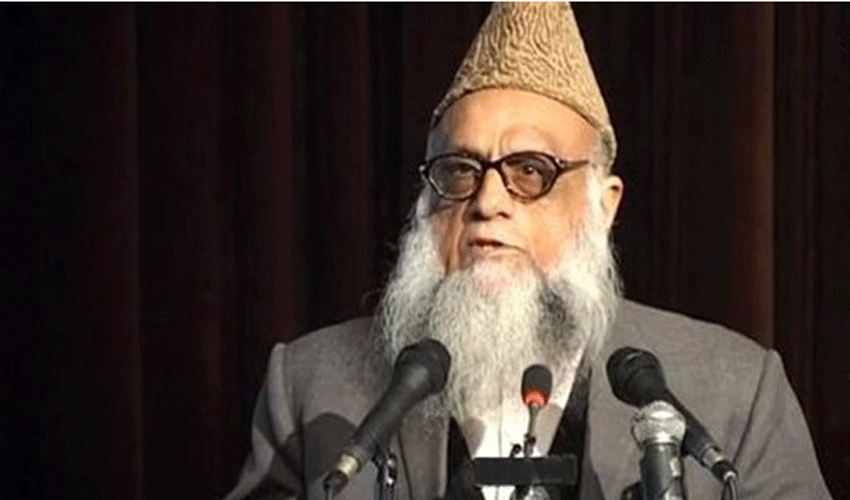The upcoming Senate election will be conducted through a secret ballot, where voters will have the opportunity to express their preferences by writing numbers in front of the candidates of their choice.
Unlike previous elections, candidates will not be assigned electoral symbols, and their names will be listed alphabetically on the ballot papers.
In this unique voting system, each voter will have the option to rank candidates according to their first, second, and third preferences. Once the first count is completed, any additional votes received by successful candidates beyond the required threshold will be redistributed among other candidates.
The value of a valid ballot paper in all provincial assemblies will be 96, representing the total number of Senate members, while the value of one general and one technocrat seat in Islamabad, as well as one non-Muslim seat each in Punjab and Sindh is one.
Under the formula, the number of valid ballot papers will be multiplied by ninety-six and divided by the number of seats plus one. The number in the answer will become a quota.
Also Read: Preparations complete for Senate elections tomorrow; ECP issues list of contenders
To secure victory in the Senate election, candidates must obtain more votes than the calculated quota.
Following the initial count, packets will be prepared based on the first preference votes received by all candidates. These votes will be multiplied by 100, and candidates surpassing the quota threshold will be declared successful.
Subsequently, any excess votes will be transferred to the second preferred candidates of voters, and the process of forming a new quota will commence.
The counting will continue until all excess votes are exhausted, after which the elimination of candidates with the lowest vote count will begin. This intricate process ensures a fair and transparent election, allowing voters to express their preferences while maintaining the integrity of the electoral system.



























